There are many popular yoga styles to choose from and to help you decide which style of yoga is best for you, I put together 13 well-known styles along with a very brief description of each. However, to improve your overall health and wellness, always make sure you eat a well-balanced diet coupled with regular visits to your doctor.
The 13 well-known yoga styles are as follows:
Vinyasa Yoga
Hatha Yoga
Ashtanga Yoga
Yin Yoga
Iyengar Yoga
Bikram Yoga
Power Yoga
Hatha Yoga 2.0
Restorative Yoga
Prenatal Yoga
Aerial Yoga
Acro Yoga
Kundalini Yoga
Vinyasa Yoga
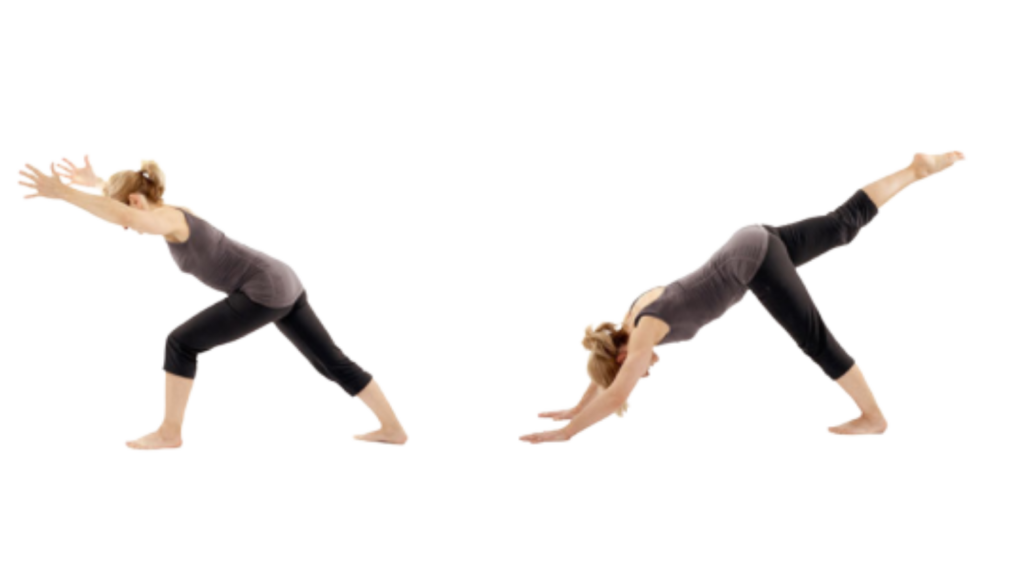
Who Might Like It: Anyone who wants more movement and less stillness from their yoga practice.
In the language of yoga, Sanskrit, Vinyasa refers to a flowing practice. That means, rather than just holding a yoga posture for a deep stretch, expect to move consistently in a Vinyasa Yoga class. The instructor will guide you through a variety of poses that stream together fluidly. It is a wonderful way to improve agility and flexibility in your body.
Hatha Yoga
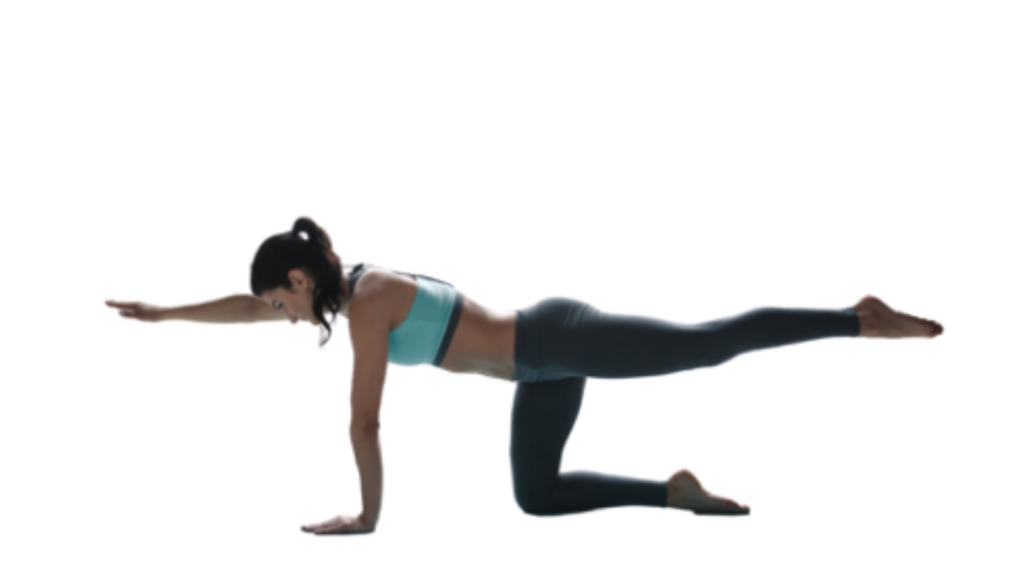
Who Might Like It? Anyone looking for a balanced practice, or those in search of a gentler type of yoga.
Hatha Yoga is moving the body from pose to pose with a focus on the breath. Breathing becomes a primary vehicle to help the body transition through each posture. Hatha Yoga also involves meditation so it is a full type of exercise. Its benefits include full-body conditioning and a relaxed mind.
Ashtanga Yoga
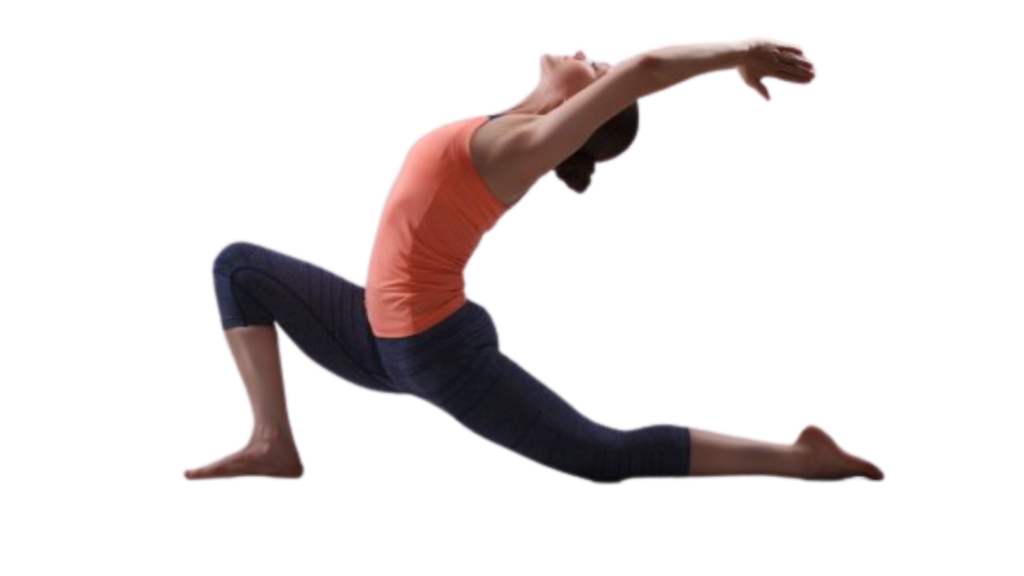
Who Might Like It: Anyone who likes routine or more physical yet spiritual practice.
This is one of the “classic method” styles of yoga. It, too, is a style of Hatha Yoga. The main attributes of Ashtanga Yoga are a movement of the body and awareness of breath. What makes Ashtanga Yoga unique is that it is the same each time you practice. It is a structured practice, each time you step onto your yoga mat, you will go through the same postures in the same order. This allows the practitioner to see the improvements made over time. In Ashtanga, you will build strength and flexibility. It helps you develop consistency, dedication, patience, and peace of mind.
Yin Yoga

Who Might Like It: Those who need to stretch out after a tough workout, or anyone interested in a slower-paced practice.
In the “moving” styles of yoga, the body is in motion which requires muscle engagement. These are all quite beneficial to the body. Not only does the body benefit from active movement during yoga, but also requires stillness. Yoga is all about balance. Yin Yoga is complementary to the Yan-style of yoga classes.
In a Yin Yoga class, the student holds postures for long periods of time; up to 12 minutes. The idea is to allow bound up the connective tissue in the body to release and for your muscles to adequately stretch. Let’s say, for example, that you have a very stiff lower back. There are poses like Seated Forward Fold or Pigeon Pose that you can hold to begin the process of releasing that tension. In these positions, you are able to disengage your muscles so they can effectively relax and heal.
Iyengar Yoga
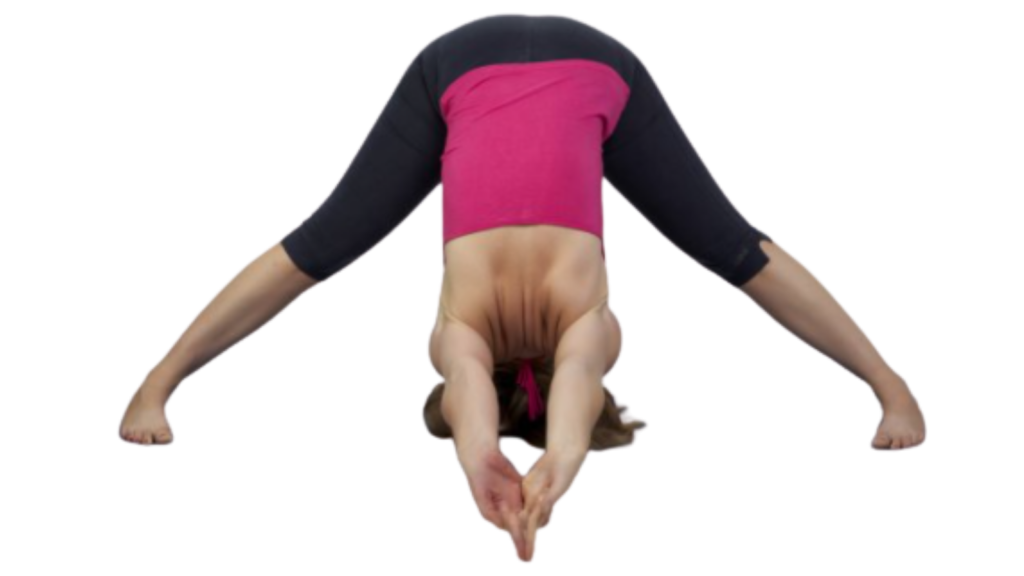
Who Might Like It: Someone who likes detailed instruction, anyone with physical limitations, or those in search of a more classical form of yoga.
This is one of the original styles of yoga practiced in Western culture. It was developed by B.K.S. Iyengar in the early 1970’s and the intention is to foster great healing in the body. It’s done primarily by focusing on careful alignment of the body to support a full functioning system. The practice of Iyengar Yoga is quite precise when performing the yoga poses. It ensures safety and minimizing the risk of injury when practiced. Yoga props are also used in this style to support the yoga student: yoga blocks, straps, and blankets.
Bikram Yoga
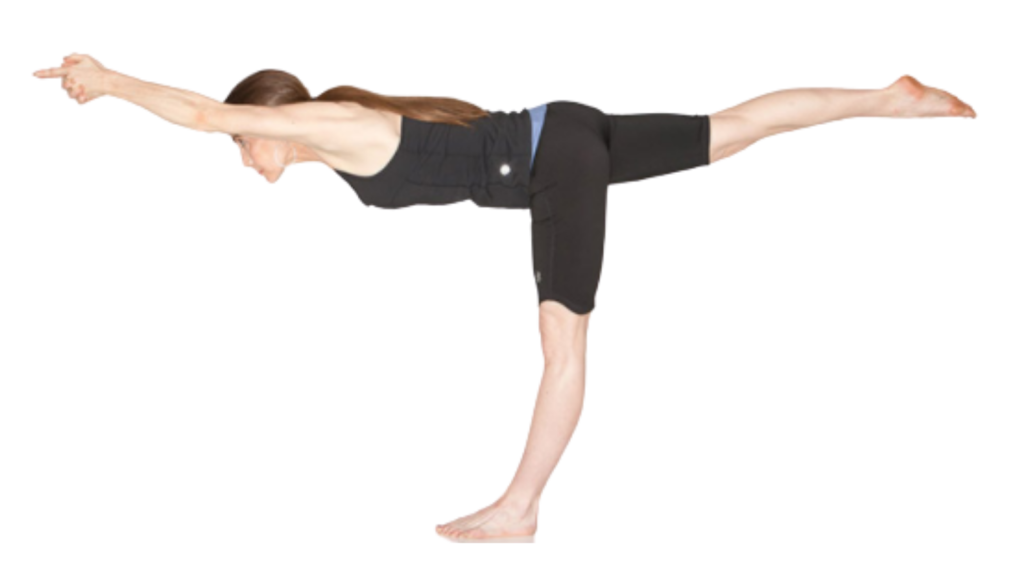
Who Might Like It: Anyone who likes to sweat, someone who wants more physical practice, or those who like routine.
Have you heard of Hot Yoga? Bikram Yoga is the original hot yoga practice. While Iyengar Yoga may be categorized as a neutral practice that can be done by anyone of any yoga level, Bikram Yoga is much more advanced. Notably, it is performed in a room degree of 105. As a result, you’re guaranteed to sweat in this yoga class.
The intention of Bikram Yoga is to develop strength, flexibility, and agility. Not to mention endurance and dedication since you are practicing in such a hot space. Much like Ashtanga Yoga, the practice consists of 26 postures that are performed in the same order each time. By and large, wherever you practice Bikram Yoga, it will always be the same.
Power Yoga
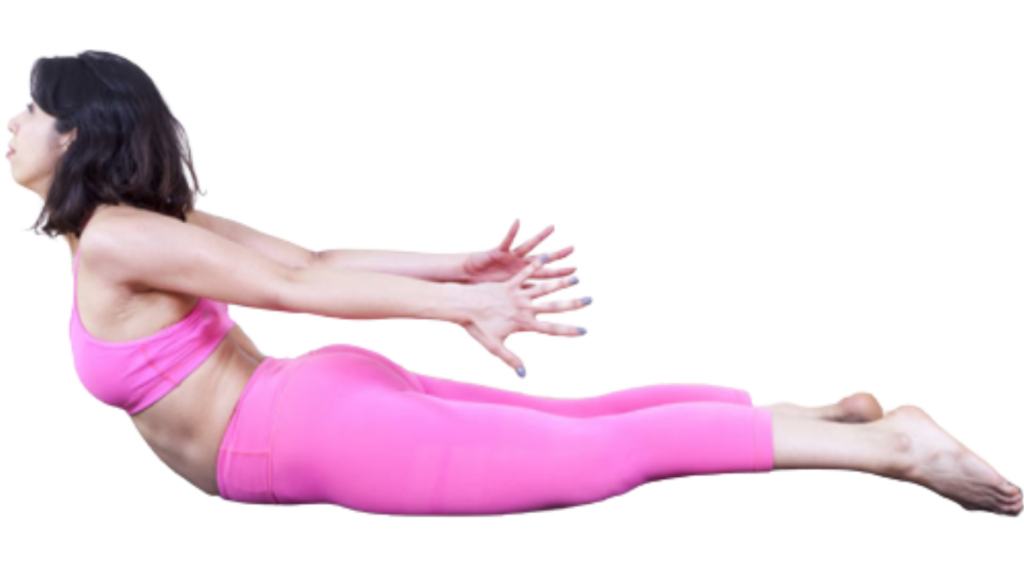
Who Might Like It: Those who like ashtanga but want less rigidity, anyone who wants a good workout, and anyone who wants a less spiritual yoga practice.
This style of yoga is directly related to both Ashtanga Yoga and Bikram Yoga. Namely, it fits in the category of Hatha Yoga since it involves moving with the breath. Power Yoga has its roots in Ashtanga because it incorporates the same postures. However, Power Yoga is more of a free-form style. Each class you attend, the flowing sequences may be different each time. It also involves consistent movement, much like a Vinyasa Yoga class. The goal is to generate strength, a better range of motion throughout your body, and to increase flexibility. Power Yoga could be found in many gyms in its early years. It was considered a “workout” to attract the health and fitness community attending aerobics in the gyms. Some classes may be practiced in high heat, like Bikram Yoga, to help you sweat, and even lose some weight.
Sivananda
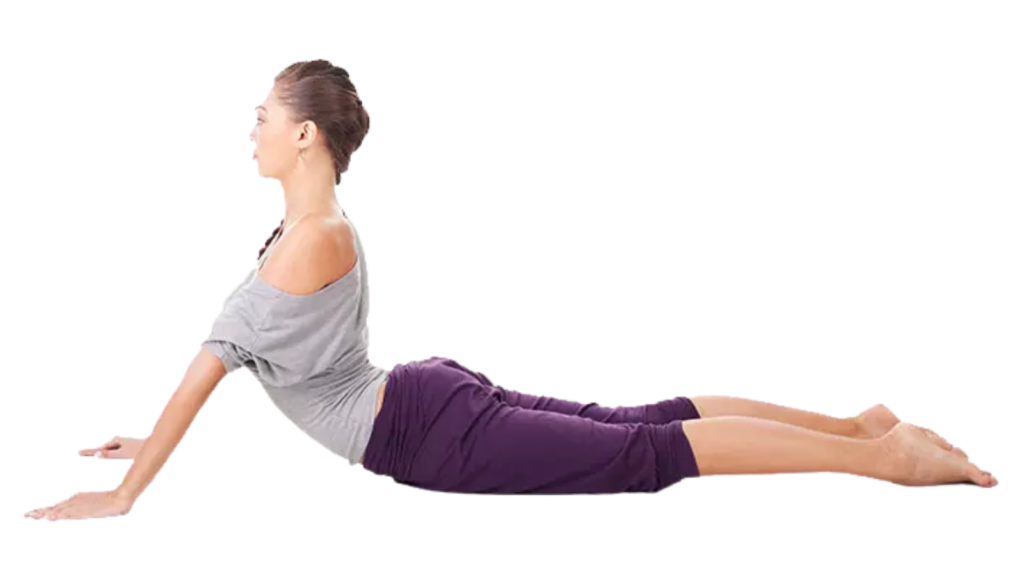
Who Might Like It: Those looking for a gentler form of yoga, anyone who wants a more spiritual practice.
Sivananda continues to promote the classic features of Hatha Yoga: breath, movement, and meditation. The upgrade features more challenging and unique yoga sequences for the student. In comparison, you may also experience a more modern take on chanting to raise the energy in the body, dynamic breathing practices (called Pranayama), and it may even include music and dancing. The modern additions to this practice are not to undermine or change the true intention of yoga.
Restorative Yoga

Who Might Like It: Anyone who needs to de-stress, those dealing with pain, and someone who struggles to relax.
Here is another opportunity for the yoga student to find balance in their yoga practice. Since there is so much movement in our daily lives (including yoga), one also needs moments of stillness and silence. Intentionally relaxing the mind and body is essential for the practicing yoga student. Much like Yin Yoga, a Restorative Yoga class features postures that allow for complete relaxation of the body. Often, the yogi uses bolsters, pillows, and blocks as a way to support the body in these non-engaging yoga positions. It also features moments of gentle breathing and meditation to further clear your mind. Restorative Yoga lends itself well to the yoga beginner. Advanced yogis should also practice some type of restorative yoga to achieve that desired life balance.
Prenatal Yoga
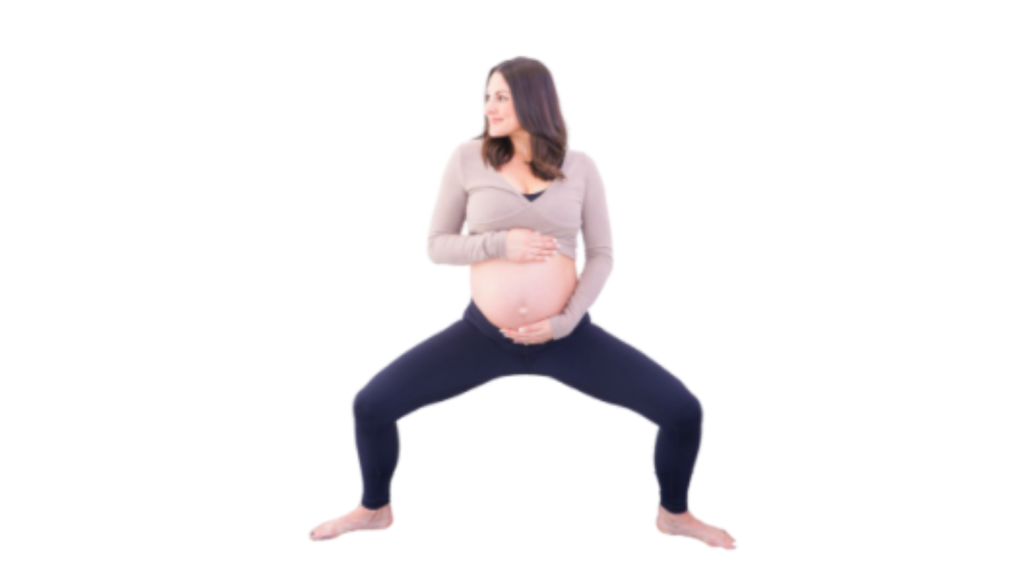
Who Might Like It: Moms-to-be and new moms who are easing back into exercise.
One popular style of yoga is Prenatal Yoga. It was designed specifically for the expecting mother. Prenatal Yoga is often taught with the physical body in mind as it transitions through each trimester. It will feature breath work to ease tension and stress in the mind and body. One will also practice gentle movements to relieve pain and discomfort in the back, legs, and hips. You will find that supportive props will also be used in a Prenatal Class.
Aerial Yoga

Who Might Like It: Those who want a nontraditional yoga experience, or anyone who wants the benefits of inversions but might fear going upside down on their own.
In this unique style of yoga, sometimes called anti-gravity yoga, students perform their yoga poses in silks or hammocks that are suspended from the ceiling. Because you are hanging in these hammocks during the class, you develop core strength which can help with stability and alignment. Further, there is often less tension on the body when suspended in mid-air. For example, you can feel fully supported while performing a backbend in an aerial yoga class. Moreover, some of the more traditional yoga poses can be performed in the hanging silks, but they create a different sensation and awareness in the body. Aerial Yoga can also take on an acrobatic effect as one advance in the practice.
Acro Yoga
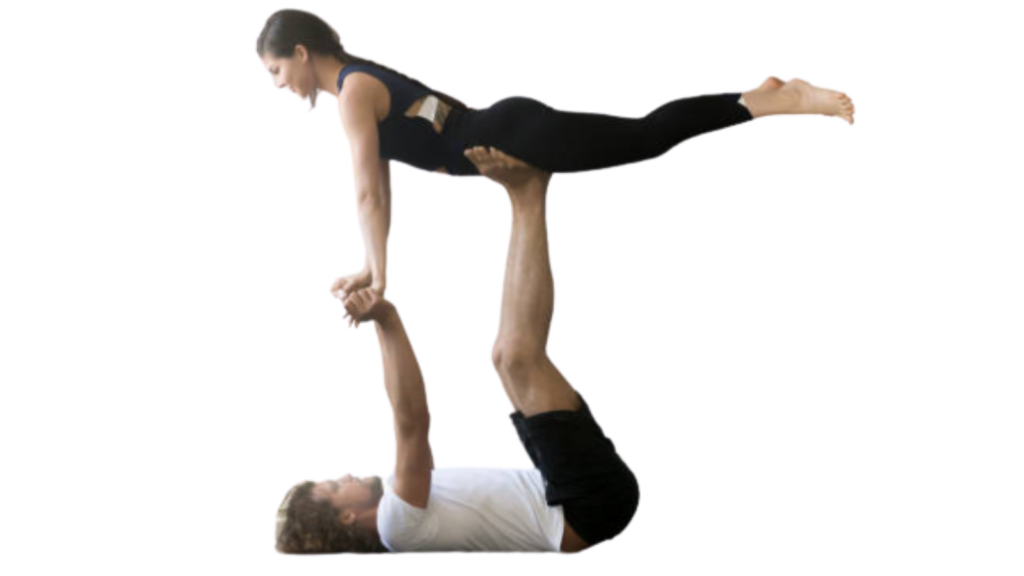
Who Might Like It: Those who enjoy practicing with a partner, couples looking to build trust and intimacy, or anyone with an adventurous streak who likes to go upside down.
Often performed with a partner, this style of yoga involves one person supports another in a dynamic yoga position. You might even see it in a circus performance. The intention is to develop strength and stability, but also features an element of trust. You not only have to trust your partner to hold you, but you also have to trust yourself as you challenge your body and mind when practicing these dynamic poses. Although this type of yoga seems unconventional and stems far away from the other styles of yoga mentioned, it still honors the philosophy of yoga. In Acro Yoga, much like other unique and traditional styles of yoga, the focus is on yourself. You develop a very strong and positive self-awareness that helps you lead a healthy life journey.
Kundalini Yoga

Who Might Like It: Anyone in search of a physical, yet also a spiritual practice, or those who like singing or chanting.
This type of yoga takes the yoga back to the traditional values and practices of yoga. Specifically, it involves a series of breathing exercises, chants, and movements mostly done while seated. The intention is to raise the energy in the body and to clear the chakras. Chakras are the seven energy centers in the body. The chanting and breathwork target these areas to stimulate health and wellbeing.
As you think about what you would like to achieve from a yoga practice, consider this comprehensive list of yoga forms. If you’re looking for something more relaxing and refreshing, you may want to try Yin Yoga or Restorative yoga. If you’re looking for something more energetic and strength-building, try Power Yoga, Ashtanga Yoga, or Bikram Yoga. You can even challenge your body and mind in practices like Acro Yoga and Aerial Yoga. You will have a deeper awareness and connection to yourself, others, and the world around you. That is the true nature of yoga.



